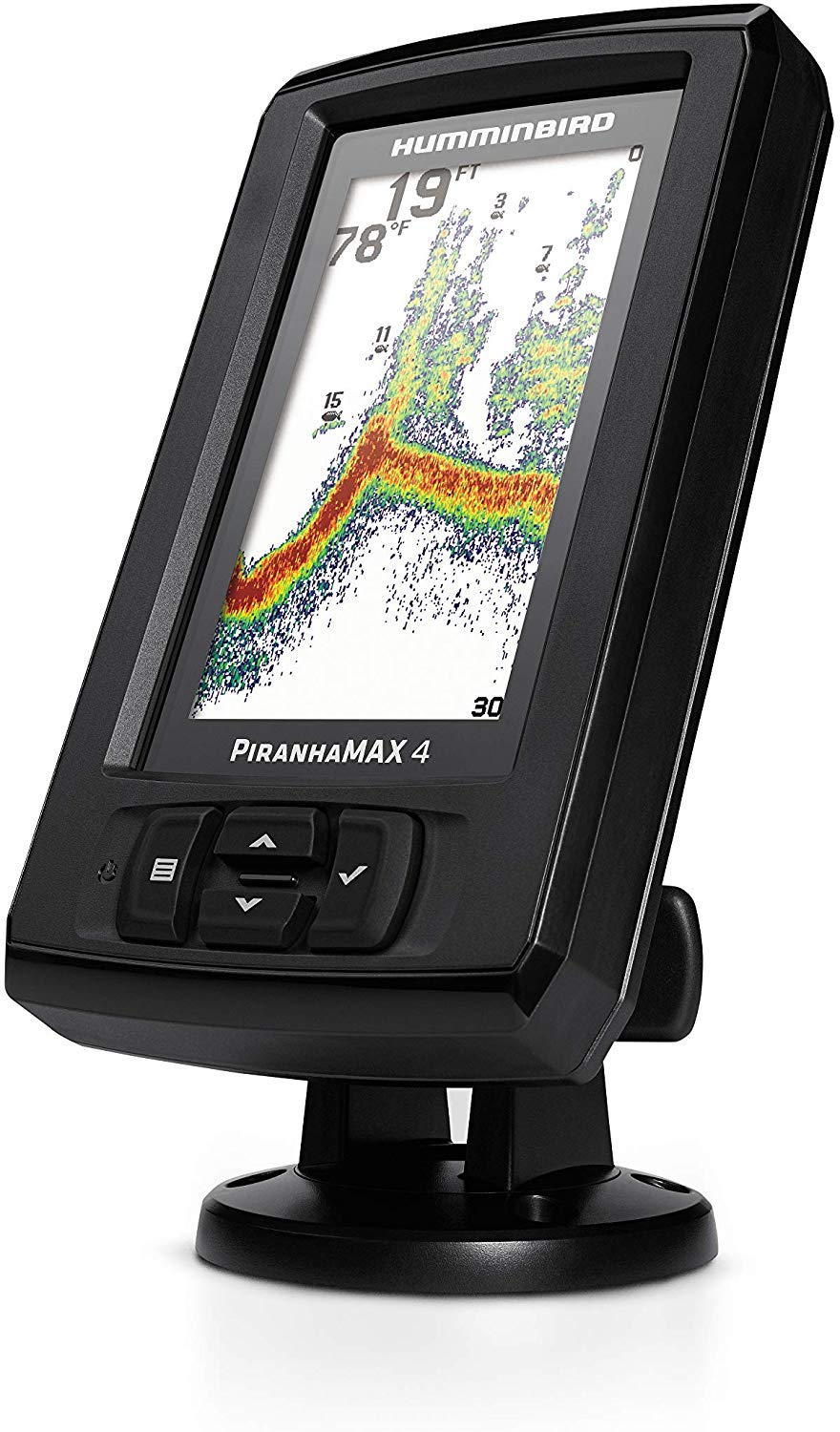 Let’s start with the good news: Yes! Fish finders work in shallow water.
Let’s start with the good news: Yes! Fish finders work in shallow water.
Generally speaking, anyway. Realistically, whether or not a fish finder will work in shallow water depends on two factors:
How effectively your fish finder will work in shallow water depends heavily on the frequency of sonar you’re using - as well as a number of other factors. Let’s take a look at some of those factors now:
There’s a simple rule with sonar: imaging improves at higher frequencies, while detection improves at lower frequencies. Lower frequencies are capable of penetrating deeper into the water.
But you’re looking to fish in shallow water, so depth penetration is not what you’re looking for. That means you’ll want a transducer capable of emitting high-frequency sonar - 200 kHz or higher. The higher it gets, the better off you’ll be.
If you’re buying any fish finder worth its salt, you’ll have an auto depth finding feature. Some auto depth finders default to a minimum number of feet - something like 30 feet. If you’re fishing in a water column that’s much shallower than what your Auto settings detects, you can manually adjust the bottom of the water column up.
By doing this, it should be much easier for you to detect the bottom - and adjust your fishing accordingly.
One of the biggest problems you’ll encounter when fishing in shallow water is noise. There can be a lot of structure very near your transducer, and that can lead to sonar signals bouncing all around.
The result? You might find it almost impossible to make heads or tails of your sonar readouts. Fortunately, fish finders come with noise reduction tools for exactly this scenario.
In many cases, noise reduction is done automatically, but if you find you’re still getting a lot of noise, you can increase the level of noise reduction to get better readings.
Be aware that this might make it harder to detect smaller fish. Big fish should still show up on your sonar though - and those are the fish you’re looking for anyway.
You’ll be happy to learn that both side imaging and down imaging work remarkably well in shallow water. Side imaging is often best - depending on how shallow or murky the water is, bottom structure might be easy enough for you to register without your fish finder. However, if you feel like you need a better way to read bottom structure below your boat, down imaging can be a great solution.
Imaging technology, you see, exclusively uses high-frequency sonar. Remember - the higher the frequency, the better the imaging.
Now, if you’re looking for a fish finder to help you in shallow water, we’ve got you covered. We’ve compiled a list of the best fish finders on the market - look for one that has a high frequency transducer. Most of them do - we love imaging, and you can’t have imaging without high frequencies.
Happy fishing!